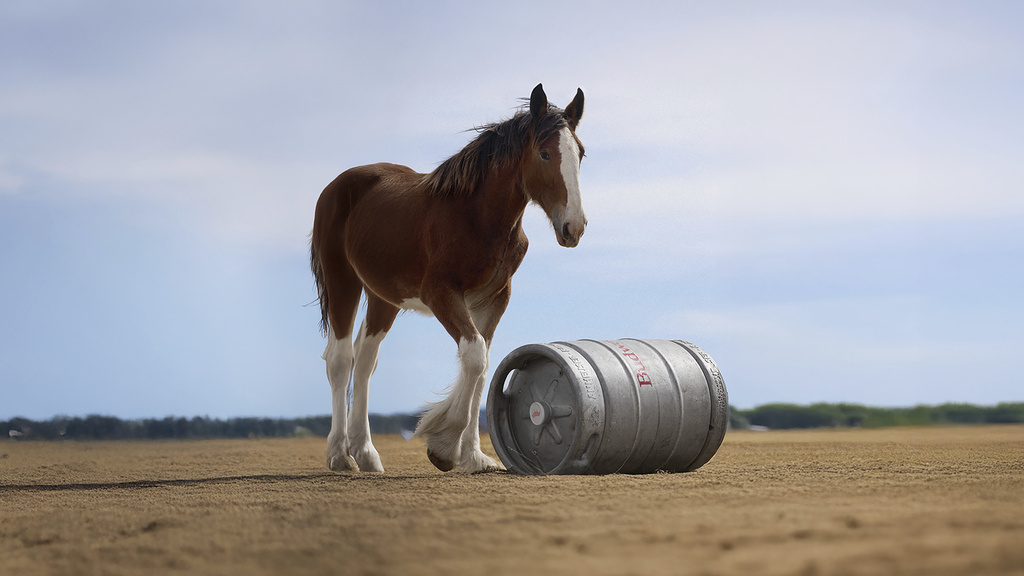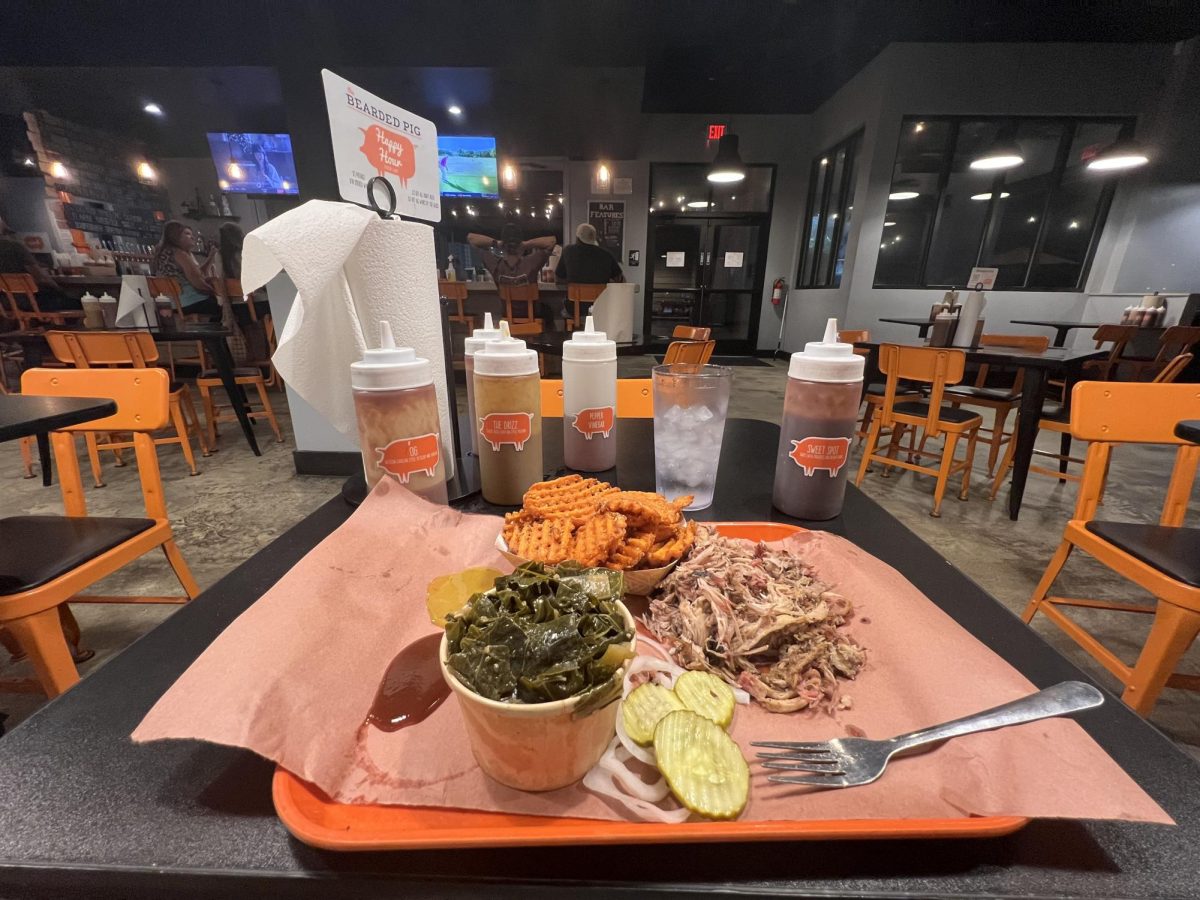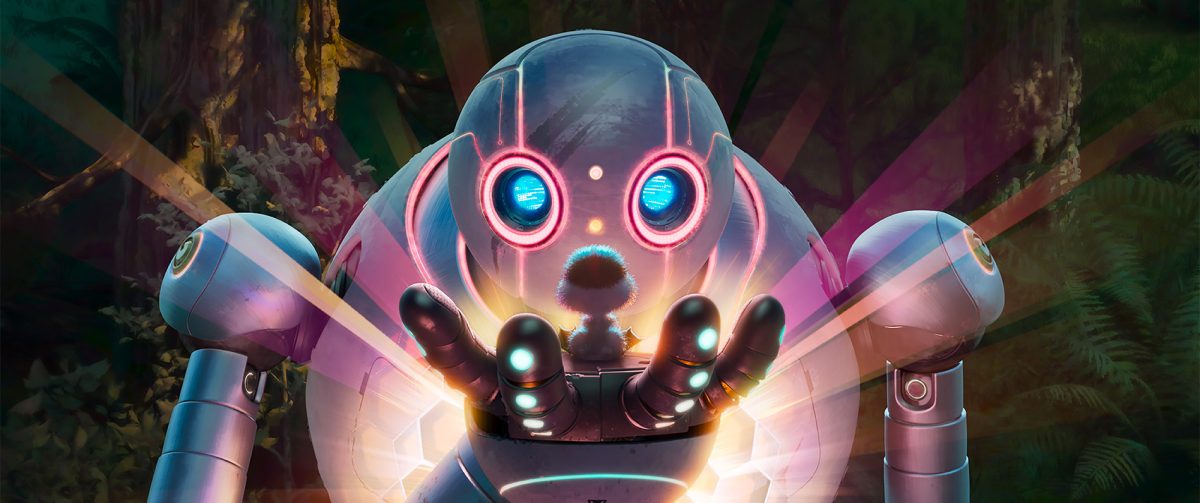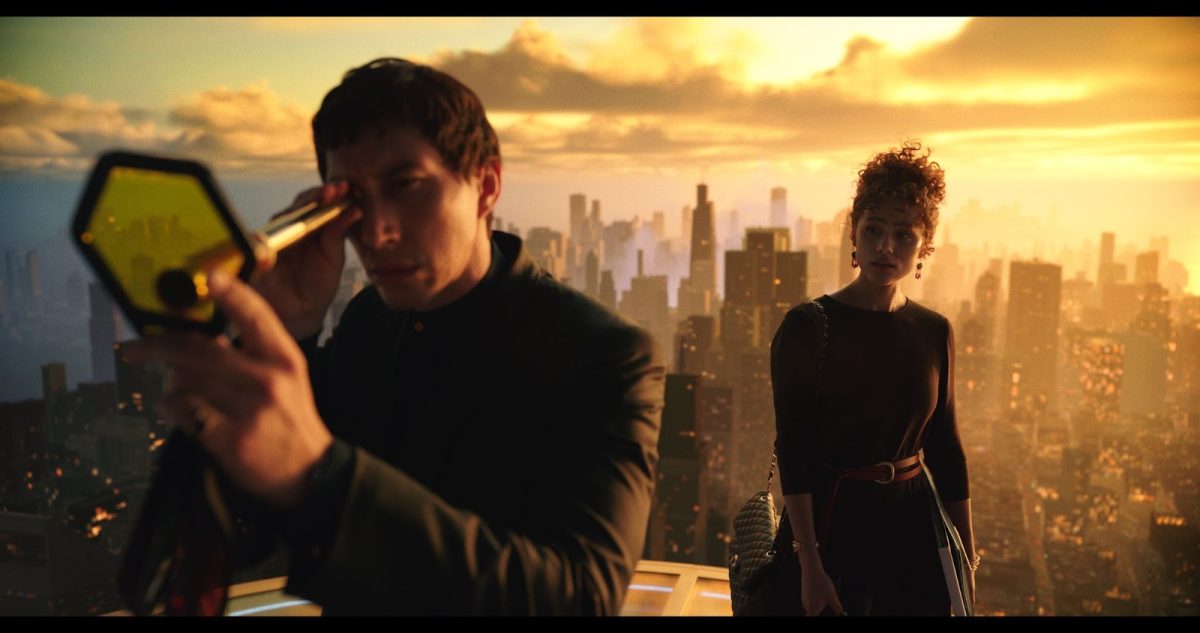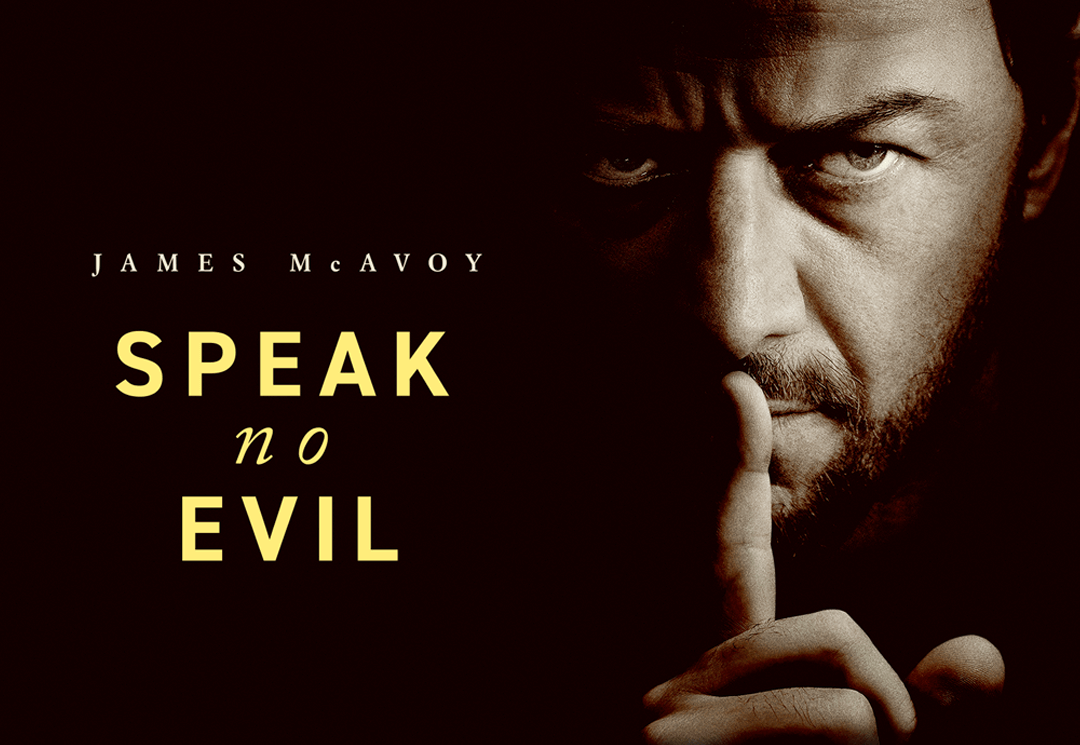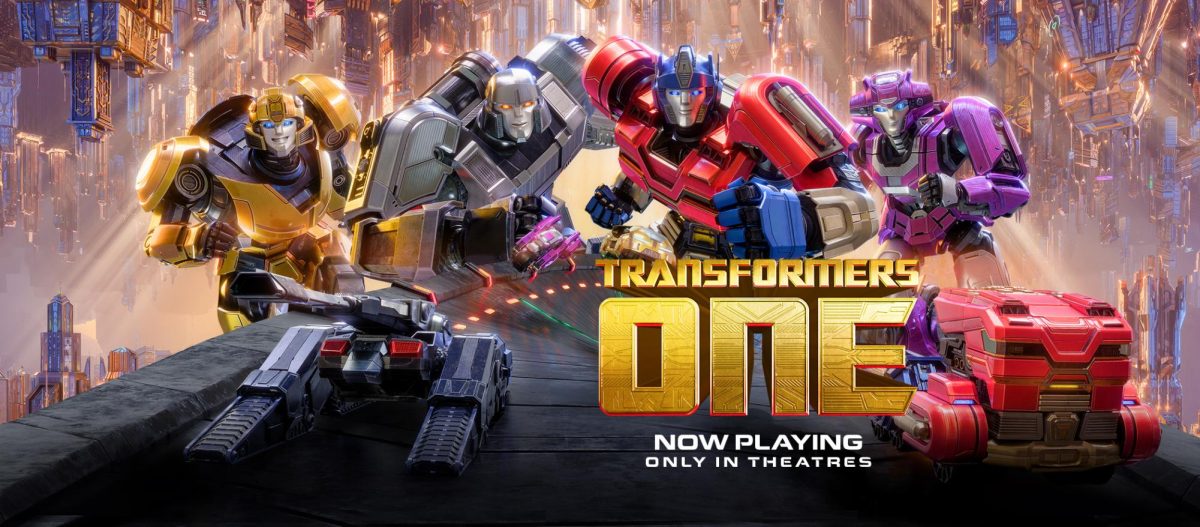
Taking the director’s chair from Justin Lin, director of the last four Fast and Furious films, is horror film director James Wan, whose credentials include the first Saw and 2013’s well-received The Conjuring. Wan adapts to action filmmaking by keeping the camera in constant motion using pans, zooms and even rotating it like a sped-up clock. Not a single frame is still, and what may be a wild ride to some may feel like a spinning teacup to others. Combine this with requisite explosions, expertly choreographed fight scenes, and half-mad, half-insane car stunts ( they drive a car through three skyscrapers, yes, three) and Wan has cooked up one of the most hyperkinetic action films of the year.
While Furious 7’s commitment to practical effects instead of computer graphics – in the parachuting scene, for instance, they actually dropped real cars out of a plane – makes this film unique, what really sets Furious 7 apart from the crowded blockbuster field is its unashamed sincerity. Dominic Toretto (Vin Diesel), Brian O’Connor (Walker) and company fire off one-liners and banter on camera like every word is their last. The plot follows the crew of ethnically diverse gear heads composed of Dom, Bryan, techie Tej (Ludacris), jokester Roman (Tyrese Gibson), and Dom’s girl Letty (Michelle Rodriguez) on two different missions. In one, they track down a hacker with a device that can spy on anyone in the world. In the other, they battle a former adversary’s vengeful brother Deckard Shaw (Jason Statham). This lower key conflict, notably introduced before the other, is more pivotal because it involves the characters directly. This is a franchise where the characters and their relationships come first. Our crew is full of indestructible war machines (no, not the cars) who aren’t afraid to discuss their emotions.
For newcomers watching this film the interaction might be hard to follow, as the characters’ relationships and conversations rely on the convoluted plotting of the previous films. It’s here, however, where Furious 7 shows its true colors and becomes more than a car-crushing flick. In sequences like the flashy “race war” sequence that opens the film featuring a labored, unpleasant cameo from terrible rapper Iggy Azalea, the film descends into the garish ugliness that made its first few entries less than palatable. When Dom soberly vows to avenge a murdered friend, however, Diesel lends genuineness to the easily tarnished proceedings.
Perhaps the most genuine moment in the movie comes at the conclusion: a tasteful, heartfelt goodbye to the late Paul Walker. This is a movie where muscle cars slam into buildings and drop from the sky and where a man jumps from a bus falling off a cliff, yet also one that makes time to revel in the beauty of friendship, brotherhood and familial bonds. Furious 7 earned my applause, but more importantly, it earned my respect.




